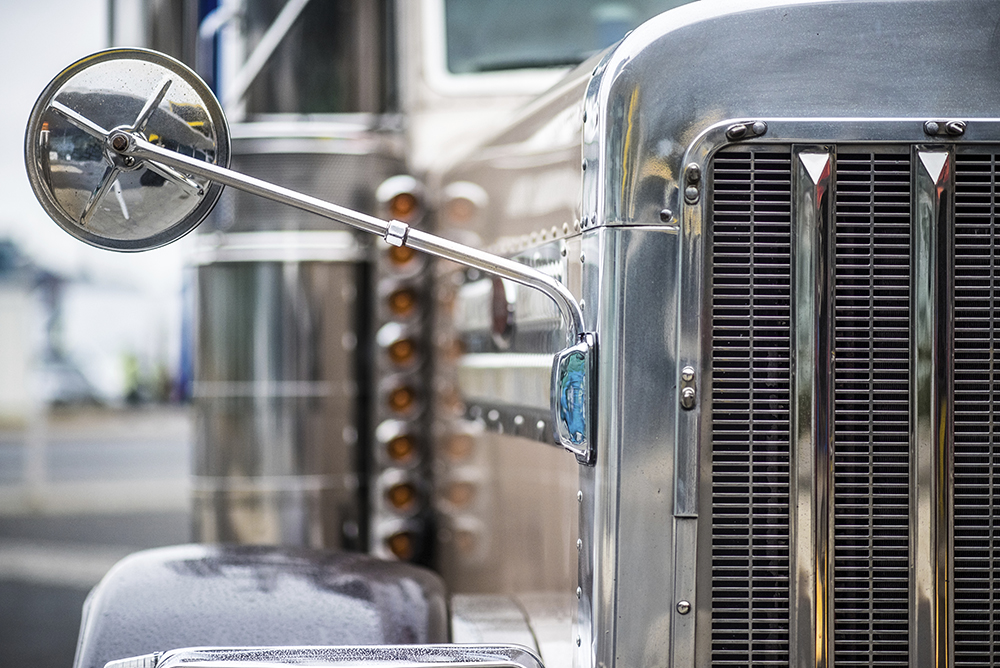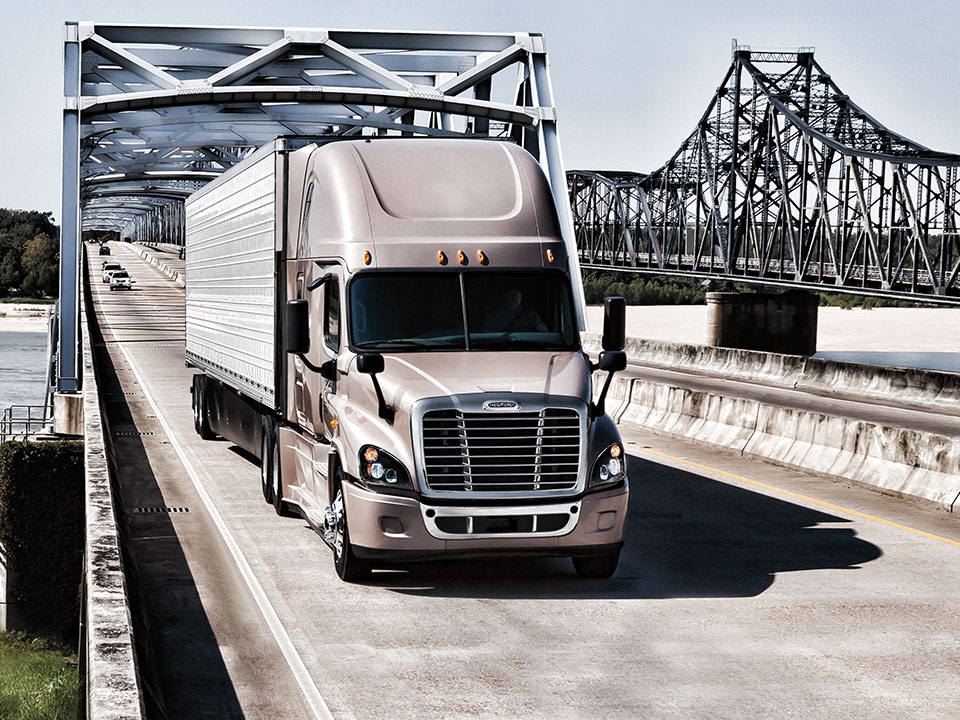The business future looks bright for businesses, but there are some dark clouds affecting how companies look at their fleet needs.
Now that COVID-19 restrictions are being lifted across the country, and more people are getting the vaccine, businesses like restaurants and retailers are seeing a boom in business. But along with that boom comes a major problem…finding workers to staff their businesses. For the trucking industry, which has suffered a shortage of drivers and technicians for years, this shortage has just gotten worse. For this and other reasons, companies with private fleets are looking to lease vehicles and outsource maintenance rather than handle it themselves.
The Good News
A Transport Topics article earlier this month cited comments from Bob Costello, chief economist at American Trucking Associations (ATA) who noted that this robust recovery was just in its early stages. As the article notes, Costello “projected that full-year gross domestic product will expand by 6.4% in 2021, which would be the fastest annual growth rate since 1984.”
As the economy grows, so does the demand for product…and that product needs to be delivered. Costello notes that many businesses operated with limited inventory during the pandemic and now need to restock, “Inventories at the retail level are just depleted. They’re at the lowest level in history.”
This surge in demand means that carriers can be more selective and increase freight rates. So, what could be the downside?
The Bad News
Higher demand doesn’t translate to greater capacity. From component shortages to OEM temporary shutdowns, new truck availability is extremely limited. According to an April issue of Transport Topics, North American Class 8 orders were 40,000 units up, an increase of 424% compared to a year earlier. And the belief is that the 3rd and 4th quarters won’t be much better. A number of OEMs are not even able to guarantee 2021 deliveries, pushing them into 2022.
In addition to equipment shortages, there are the ongoing shortages of drivers and technicians, made worse by a job market that now offers a wide array of options for workers. The industry was already seeing an aging-out of qualified employees. Plus, pandemic-related restrictions meant less new drivers and technicians being trained.
Leasing is a growing option for private fleets
Although leasing vs. purchasing has been on the upswing for the past couple of years, the issues above are why even more companies are choosing to outsource their commercial fleet needs to a full-service leasing provider. My IdeaXchange blog earlier this month details how this has led to substantial growth in the full service leasing industry.
According to the National Private Truck Council’s (NPTC) Benchmarking Survey Report, in 2019 47% of fleets reported owning the majority of their heavy-duty power equipment. That percentage fell to 35% in 2020. And 56% of Class 8 vehicles in the survey are leased, while 44% is owned. In addition to the vehicles themselves, and as I noted above, many of these companies are outsourcing all of their commercial fleet needs. Unless transportation is your core business, you should be focusing on business growth, not purchasing and maintaining your fleet. By outsourcing, here are the burdens you don’t have to bear:
- Equipment shortages – Whether it’s the vehicles themselves or the component parts, leasing puts the burden of acquisition and availability on the leasing provider, not on you
- Technology changes – From ADAS (advanced driver assistance programs) to electric vehicles, the industry is experiencing changes at rates that are difficult to maintain. Yet newer vehicles are more fuel efficient and less likely to be down for repairs, saving your fleet both time and money
- Worker shortages – Always an issue…and in the case of drivers, it may still be your issue to deal with. However, there are full service leasing companies that also provide drivers. And if you outsource the maintenance, you don’t have to keep a maintenance team onsite. With the turnover and shortages that occur in these occupations, not having to worry about recruitment and retention is a huge benefit.
- Seasonality – During the pandemic, seasonality really didn’t play a major role, but now that the country has opened up, scaling up and down for both equipment and human resources due to seasonality is an expense you shouldn’t have to worry about. Whether it’s short-term rentals or long-term leasing, the leasing company shoulders the burden.
Although we are not completely “out of the woods” when it comes to the pandemic, we are, hopefully, well on our way. But whether it’s a black swan event like the pandemic, or merely the desire to focus all your attention on growing your business rather than growing and maintaining your fleet, now may be the perfect time to lease.
Read more of my Idea change blogs.





